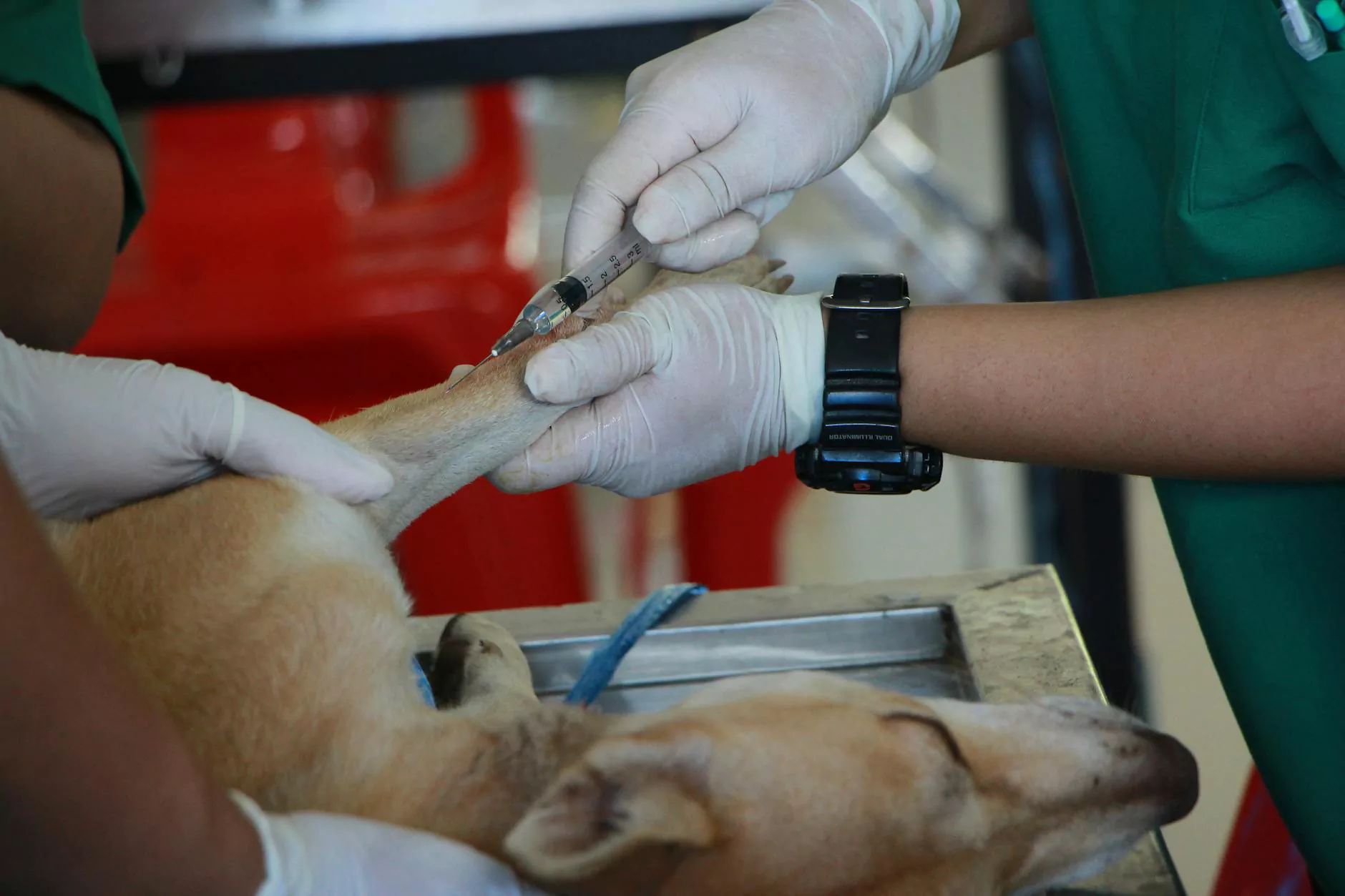Bilateral Salpingo-Oophorectomy: A Comprehensive Guide

Bilateral salpingo-oophorectomy is a significant surgical procedure that involves the removal of both ovaries and fallopian tubes. This operation, often performed by specialists in the field of obstetrics and gynecology, can be critical for various medical conditions affecting women's reproductive health. Understanding the implications of this procedure is crucial for patients and their families considering it.
What is Bilateral Salpingo-Oophorectomy?
A bilateral salpingo-oophorectomy, commonly abbreviated as BSO, is a surgical procedure primarily indicated for women suffering from certain conditions like ovarian cancer, endometriosis, or severe pelvic inflammatory disease. The operation not only removes the ovaries and fallopian tubes but also plays a vital role in the management and prevention of specific reproductive health issues.
Indications for Bilateral Salpingo-Oophorectomy
There are several reasons why a physician may recommend a bilateral salpingo-oophorectomy. Some of the most common indications include:
- Ovarian Cancer: This is one of the most common reasons for performing a BSO. Catching cancer early can significantly increase a patient's chances of recovery.
- High Risk of Cancer: Women with mutations in the BRCA1 or BRCA2 genes may opt for this surgery to prevent the development of breast or ovarian cancer.
- Endometriosis: This painful condition can lead to the need for surgical intervention if symptoms become unmanageable.
- Pelvic Inflammatory Disease (PID): Chronic PID can damage the reproductive organs, making BSO a potential remedy.
- Severe Dysmenorrhea: Women suffering from debilitating menstrual pain may find relief through this procedure.
Understanding the Surgical Process
The bilateral salpingo-oophorectomy can be performed using different surgical approaches, including:
- Abdominal Surgery: This traditional method involves making a larger incision in the abdomen to access the reproductive organs.
- Laparoscopic Surgery: A minimally invasive technique, where smaller incisions are made, and the procedure is guided by a camera (laparoscope). This generally leads to quicker recovery times.
During the surgery, the surgeon will carefully remove the ovaries and fallopian tubes, followed by the closure of the incisions. The procedure typically lasts between 1 to 2 hours, depending on the complexity of the case.
Risks and Benefits of the Procedure
Like any surgical procedure, a bilateral salpingo-oophorectomy carries certain risks. However, patients should weigh these against the potential benefits:
Potential Risks
- Anesthesia Complications: Reactions to anesthesia can occur.
- Infection: There is a risk of infection at the incision sites.
- Bleeding: Some patients may experience excessive bleeding.
- Damage to Surrounding Organs: In rare cases, other organs may be inadvertently harmed during the procedure.
- Menopausal Symptoms: Removal of both ovaries will lead to immediate menopause, resulting in symptoms such as hot flashes, mood changes, and other hormonal imbalance symptoms.
Benefits of BSO
- Cancer Prevention: One of the most significant advantages, particularly for women at higher risk.
- Symptom Relief: Immediate relief from conditions like endometriosis or severe pain related to menstruation.
- Improved Quality of Life: Many patients report a significant improvement in their overall well-being post-surgery.
- Enhanced Fertility Management: For women who are certain they do not wish to have children, this can be a definitive solution.
- Minimal Recovery Time with Laparoscopy: Many patients can return to their daily routines much quicker using minimally invasive techniques.
Recovery After Bilateral Salpingo-Oophorectomy
Recovery from a bilateral salpingo-oophorectomy varies based on the individual and the surgical approach. Here are some important considerations during the recovery phase:
- Hospital Stay: Typically, a patient may need to stay in the hospital for 1-2 days for monitoring, especially after an abdominal approach.
- Activity Level: Light activities can often be resumed within a few days, but more strenuous activities should be avoided for a few weeks.
- Pain Management: Physicians usually prescribe pain relief medications to manage post-operative discomfort.
- Follow-Up Appointments: Regular check-ups are essential to monitor recovery and address any concerns.
- Emotional Support: Emotional well-being is equally important, and support groups or counseling may help those adjusting to changes post-surgery.
Long-Term Considerations
After undergoing a bilateral salpingo-oophorectomy, it's vital for patients to understand the long-term effects and considerations. This includes managing menopause, potential hormonal therapy, and regular screenings for other health conditions.
Hormonal Therapy
Women who undergo BSO may experience sudden menopause. Hormonal therapy may be an option to manage symptoms, and discussing these options with a healthcare provider is crucial.
Regular Health Check-ups
Continued monitoring with your healthcare provider can help adjust any treatments you may be undergoing and ensure overall health post-surgery.
Support Networks
Joining support groups or counseling can be beneficial for women navigating the emotional and physical changes due to surgery and hormonal adjustments.
Conclusion
A bilateral salpingo-oophorectomy can be pivotal for women facing severe health issues related to their reproductive systems. This thorough guide aims to educate patients on the procedure, benefits, risks, recovery, and long-term implications. For those seeking expert advice and assistance, the specialists at drseckin.com are well-equipped to provide comprehensive care and support throughout this journey.









